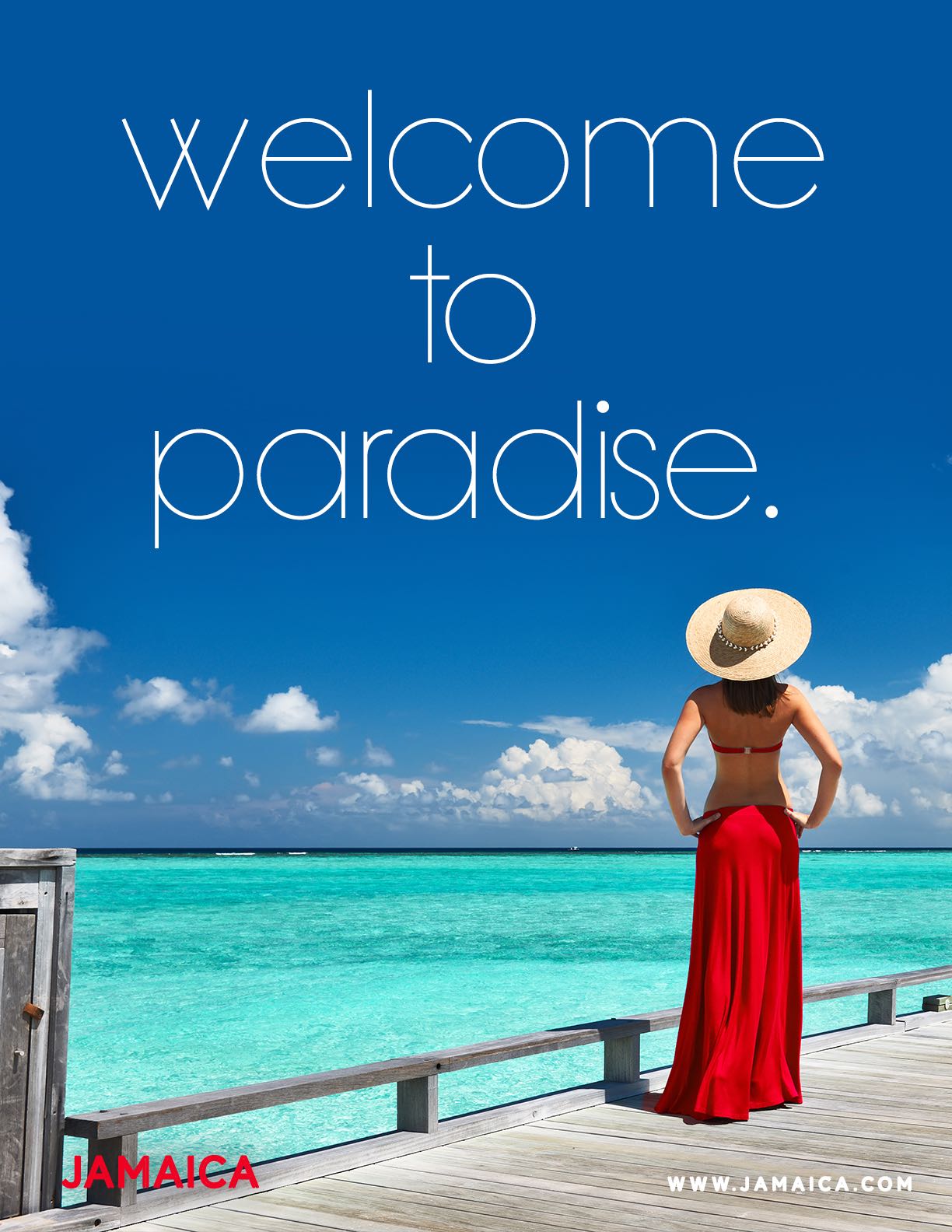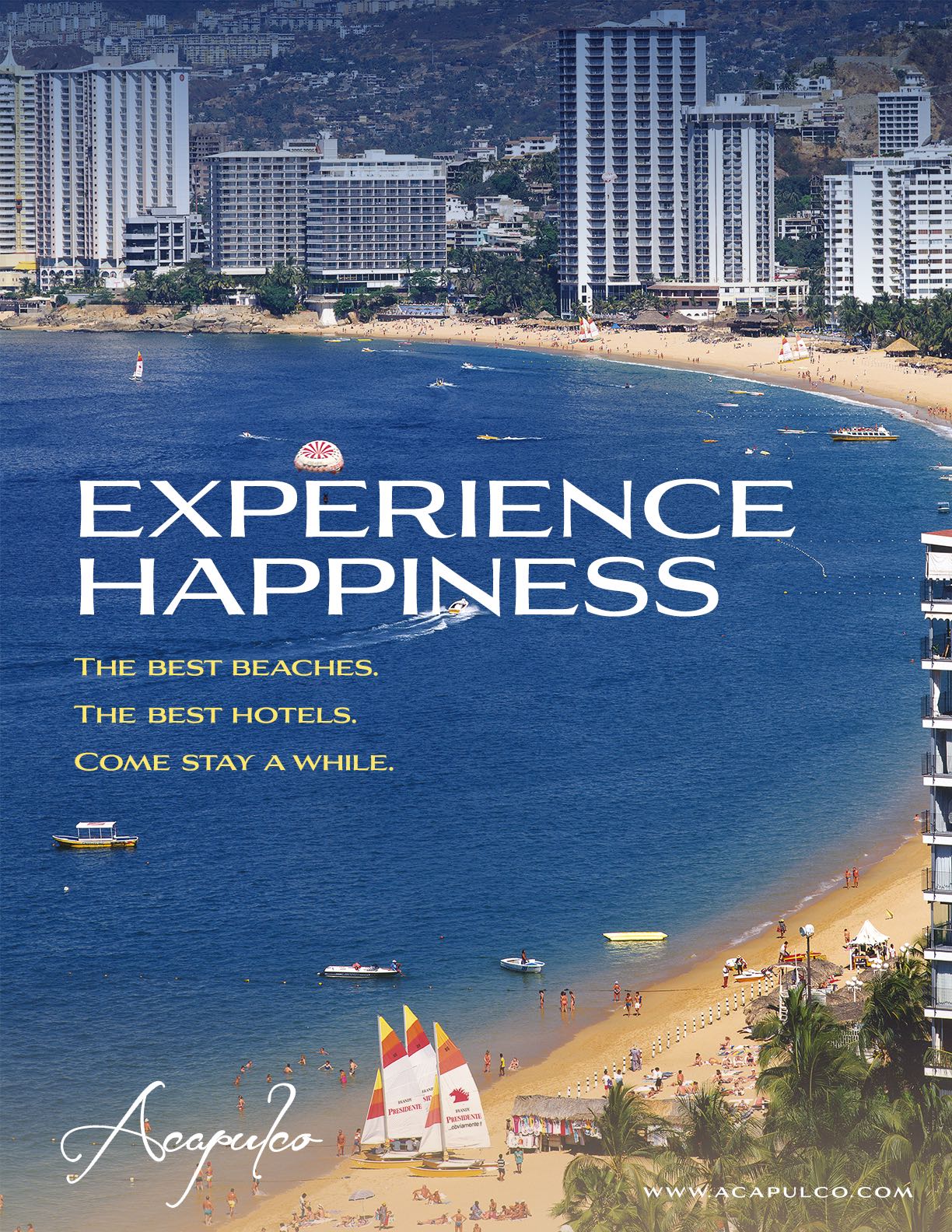Advertisement
CONTENTS

06
ON THE COVER
Wanderlust may reflect an intense urge for self-development by experiencing the unknown, confronting unforeseen challenges, getting to know unfamiliar cultures. Wanderlust may reflect an intense urge for self-development by experiencing the unknown, confronting unforeseen challenges, getting to know unfamiliar cultures.

01
The Most Incredible Sea Cliffs In The World
Wanderlust may reflect an intense urge for self-development by experiencing the unknown and confronting unforeseen challenges.
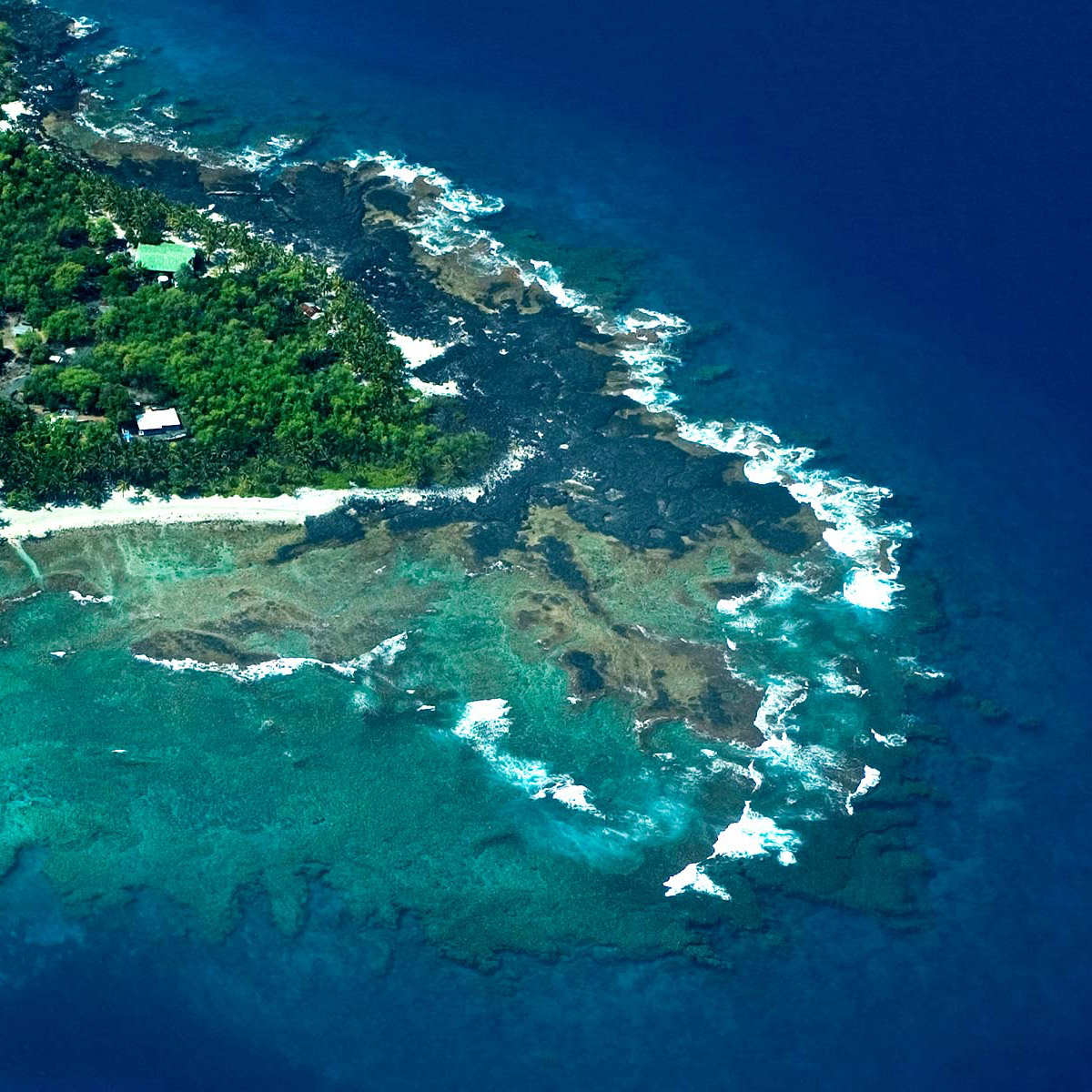
03
My Experience At The Hidden Cove Of Kona
Wanderlust may reflect an intense urge for self-development by experiencing the unknown and confronting unforeseen challenges.
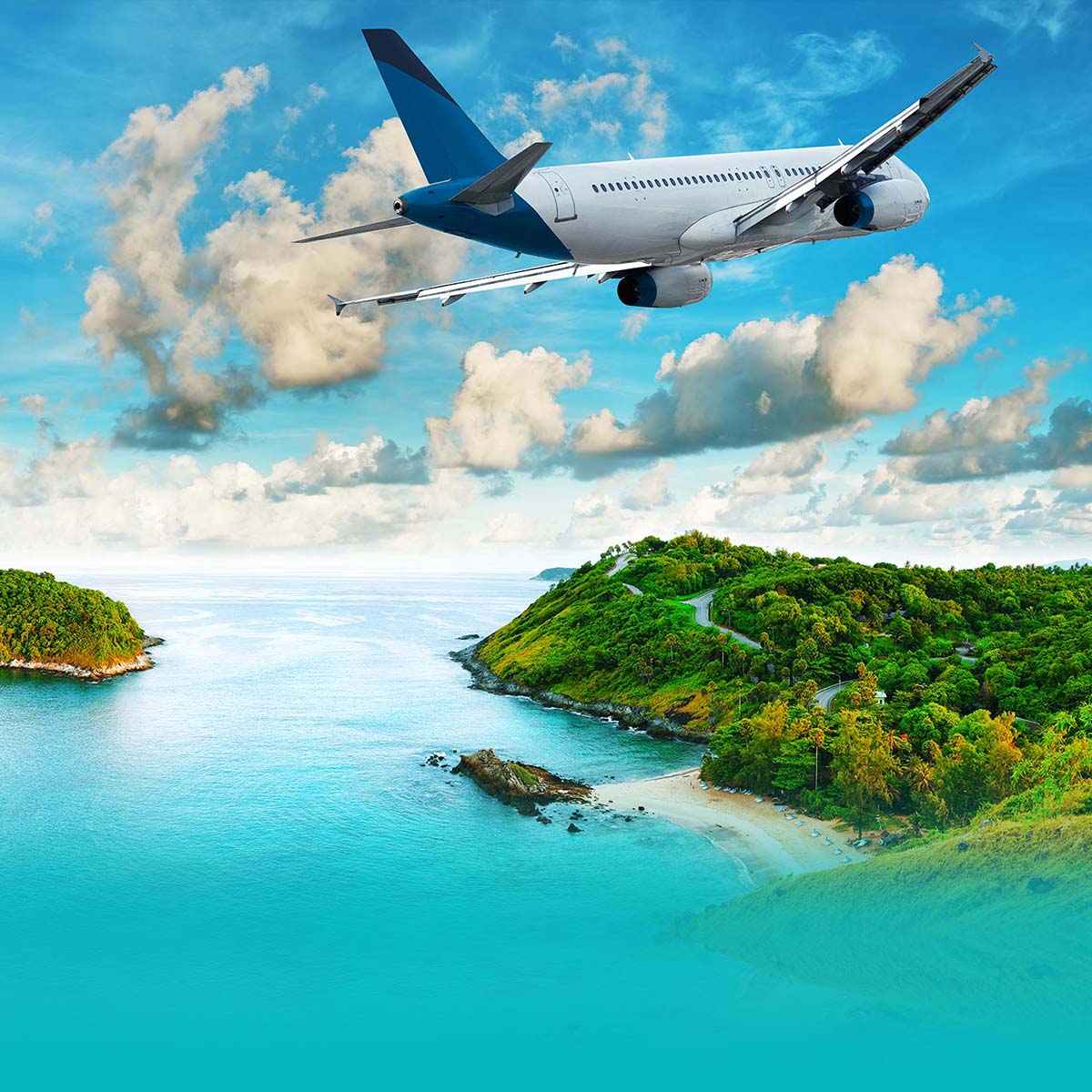
05
Our Top 10 Travel Destinations
Wanderlust may reflect an intense urge for self-development by experiencing the unknown and confronting unforeseen challenges.
In Every Issue
13
ASK THE EXPERT
Among tourists, sociologists distinguish sunlust from wanderlust as motivating forces.
14
TRAVEL GEAR
A description of what this specific section consists of would go right here.
15
PHOTOS
Among tourists, sociologists distinguish sunlust from wanderlust as motivating forces.
16
HIDDEN PLACES
Among tourists, sociologists distinguish sunlust from wanderlust as motivating forces.
17
BIG ADVENTURES
Among tourists, sociologists distinguish sunlust from wanderlust as motivating forces.
Departments
18
THE KNOW HOW
Among tourists, sociologists distinguish sunlust from wanderlust as motivating forces.
19
TRAVEL TIPS
Among tourists, sociologists distinguish sunlust from wanderlust as motivating forces.
20
SIGHTS & SOUNDS
Among tourists, sociologists distinguish sunlust from wanderlust as motivating forces.
21
ONLY THE FEW
Among tourists, sociologists distinguish sunlust from wanderlust as motivating forces.
22
TRAVEL TALK
Among tourists, sociologists distinguish sunlust from wanderlust as motivating forces.
From the Editor
The English loanword “wanderlust” was already extant in the German language dating as far back as Middle High German.
The English loanword “wanderlust” was already extant in the German language dating as far back as Middle High German. The first documented use of the term in English occurred in 1902[2] as a reflection of what was then seen as a characteristically German predilection for wandering that may be traced back to German Romanticism and the German system of apprenticeship (the journeyman), as well as the adolescent custom of the ‘Wanderbird’ seeking unity with Nature.

Jim Thiel

Advertisement
Advertisement
Advertisement
Advertisement

Q&A With Outdoor Enthusiast Annie Wilkes
Wanderlust may reflect an intense urge for self-development by experiencing the unknown, confronting unforeseen challenges, getting to know unfamiliar cultures.
Q: Wanderlust may reflect an intense urge for development by experiencing the unknown, confronting unforeseen challenges, getting to know unfamiliar cultures?
Robert E. Park in the early twentieth century saw wanderlust as in opposition to the values of status and organisation, while postmodernism would by contrast see it largely as playfully empowering. Robert E. Park in the early twentieth century saw wanderlust as in opposition to the values of status and organisation, while postmodernism would by contrast see it largely as playfully empowering.
Q: Wanderlust may reflect an intense urge for development by experiencing the unknown, confronting unforeseen challenges, getting to know unfamiliar cultures?
Robert E. Park in the early twentieth century saw wanderlust as in opposition to the values of status and organisation, while postmodernism would by contrast see it largely as playfully empowering. Robert E. Park in the early twentieth century saw wanderlust as in opposition to the values of status and organisation, while postmodernism would by contrast see it largely as playfully empowering.

Q&A With World Traveler Terry Malloy
Wanderlust may reflect an intense urge for self-development by experiencing the unknown, confronting unforeseen challenges, getting to know unfamiliar cultures.
Q: Wanderlust may reflect an intense urge for development by experiencing the unknown, confronting unforeseen challenges, getting to know unfamiliar cultures?
Robert E. Park in the early twentieth century saw wanderlust as in opposition to the values of status and organisation, while postmodernism would by contrast see it largely as playfully empowering. Robert E. Park in the early twentieth century saw wanderlust as in opposition to the values of status and organisation, while postmodernism would by contrast see it largely as playfully empowering.
Q: Wanderlust may reflect an intense urge for development by experiencing the unknown, confronting unforeseen challenges, getting to know unfamiliar cultures?
Robert E. Park in the early twentieth century saw wanderlust as in opposition to the values of status and organisation, while postmodernism would by contrast see it largely as playfully empowering. Robert E. Park in the early twentieth century saw wanderlust as in opposition to the values of status and organisation, while postmodernism would by contrast see it largely as playfully empowering.
Advertisement
Advertisement
Advertisement
Advertisement
Advertisement
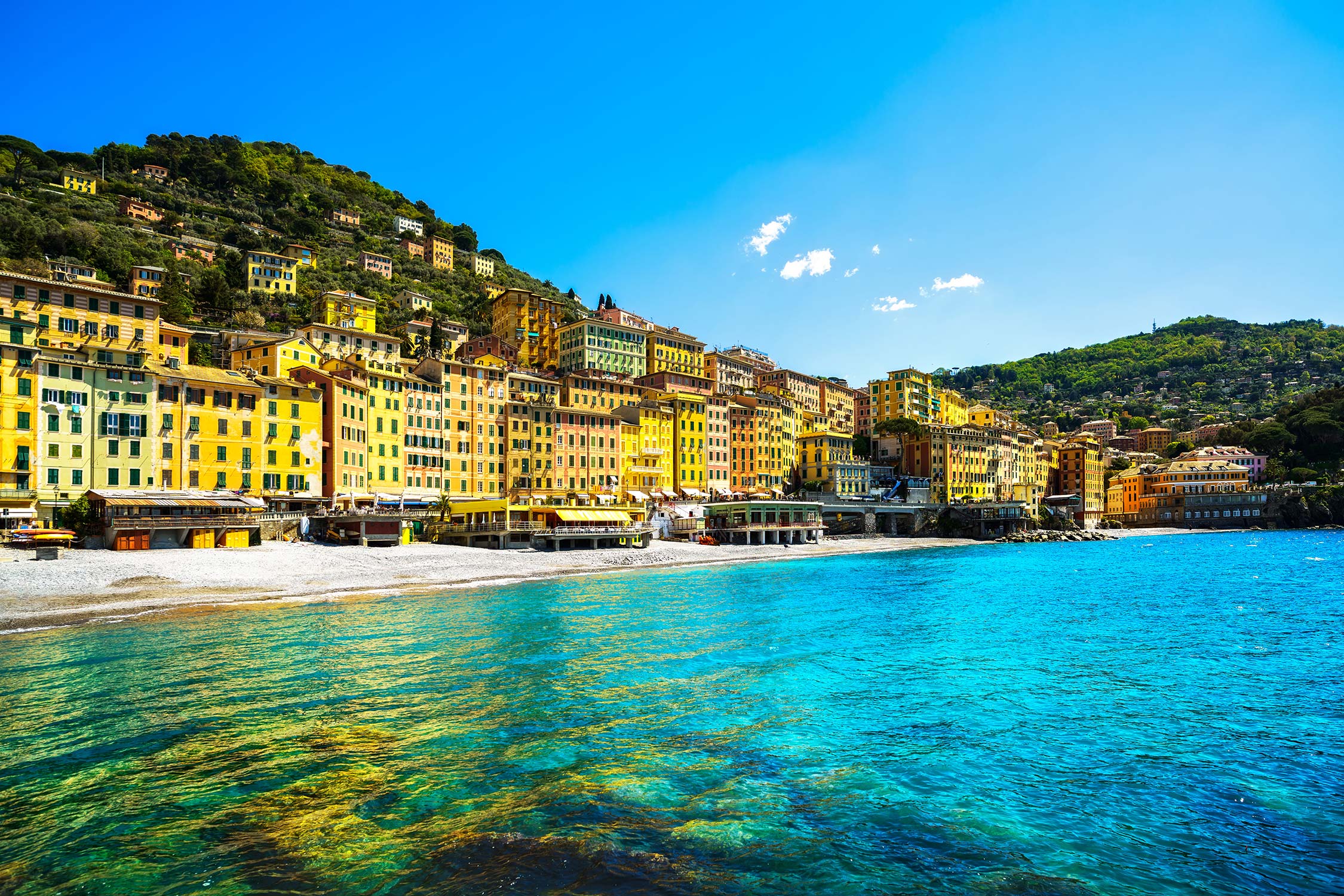
Top 5 Italian Villa Stays
Italian Villas are the epitome of luxury. Fabulous architecture, exquisite art and stunning views all add up to memorable Italian holidays. Here are the top 5 Italian Villa stays for your next Italian holiday.
- Villa Diodati, Tuscany
Towering at three stories, this magnificent building is surrounded by three hectares of grounds and offers the very best in luxury travel. Take a dip in the sparkling outdoor pool, try billiards on the antique table inside, linger around the rooms admiring the murals and antiques, or have a hit of tennis on the private court. For the duration of the stay, guests will enjoy being the king or queen of the palace.
Visitors will be delighted with the service on offer – breakfast and lunches if required, waiting staff to serve you at your table, and of course daily cleaning to keep everything in shape. Florence is only 80kms away and perfect for day trips, when lounging around in your personal five star resort becomes a little too indulgent!
Thanks for reading this issue!


